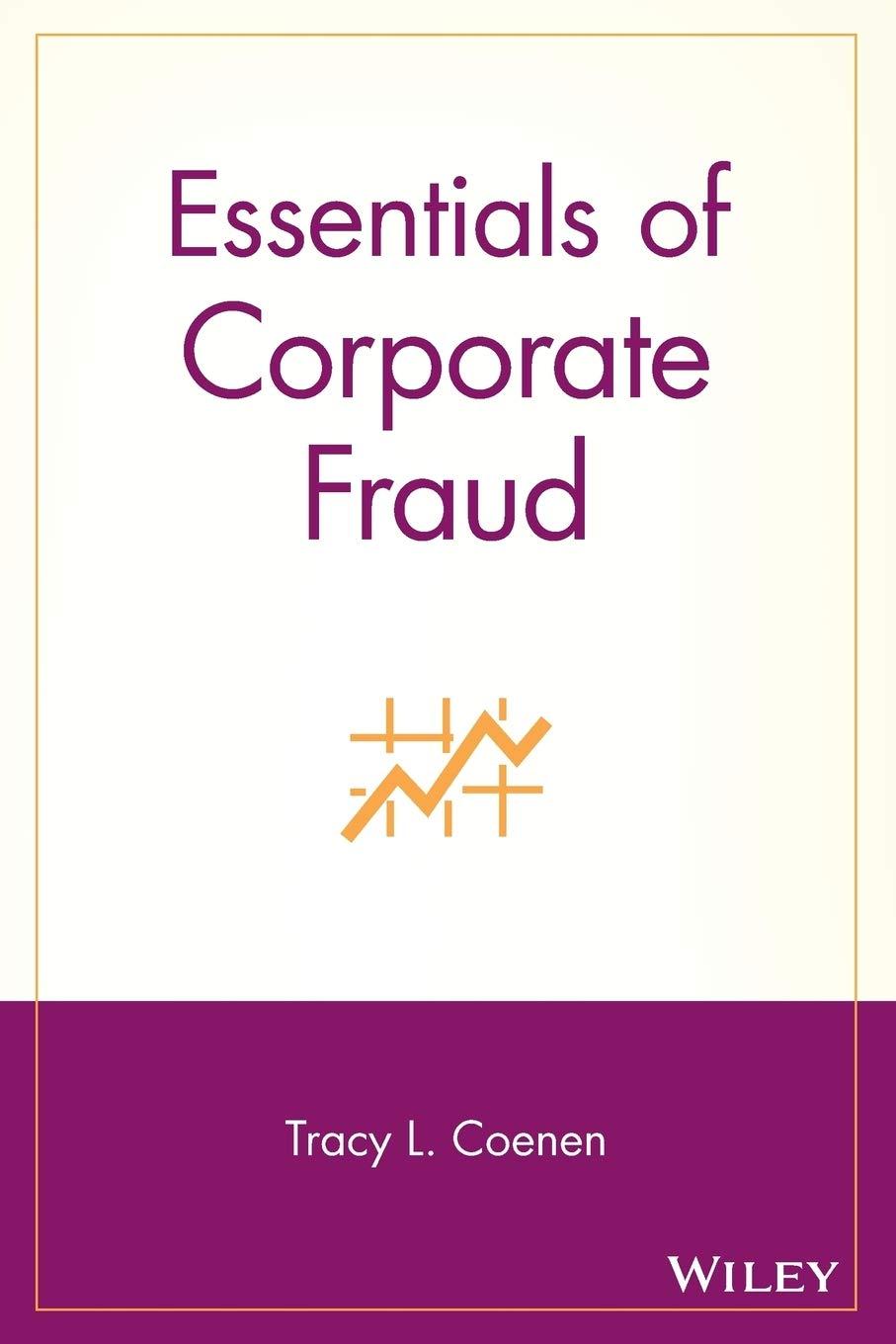Question
1. When a company goes bankrupt, the maximum that can be lost by an investor protected by limited liability is: a. the amount of the
1. When a company goes bankrupt, the maximum that can be lost by an investor protected by limited liability is:
a. the amount of the investors personal wealth
b. the amount necessary to pay the companys debts
c. the amount of profit on the investment
d. the amount of the initial investment
2. Which of the following investment criteria doesnt take the time value of money into account:
a. Discounted payback period
b. Net present value
c. Internal rate of return
d. Payback period
3. A plowback ratio of 40% for a company indicates that:
- 40% of dividends are plowed back for growth
b. 60% of dividends are plowed back for growth.
c. 60% of earnings are paid out as dividends.
d. 40% of earnings are paid out as dividends.
4. Which of the following types of bonds pays interest into perpetuity?
- Floating rate bond
- A Consol
- Zero coupon bond
- Convertible bond
5. You expect to retire in 30 years time. In preparation for your retirement you have decided to invest $12,000 every year into a savings account paying 4% compound interest. Assuming the first $12,000 is invested in one years time, how much money (rounded to the nearest $1,000) would you have in the savings account when you retire?
a. $673,000
b. $207,000
c. $360,000
d. $39,000
Step by Step Solution
There are 3 Steps involved in it
Step: 1

Get Instant Access to Expert-Tailored Solutions
See step-by-step solutions with expert insights and AI powered tools for academic success
Step: 2

Step: 3

Ace Your Homework with AI
Get the answers you need in no time with our AI-driven, step-by-step assistance
Get Started


